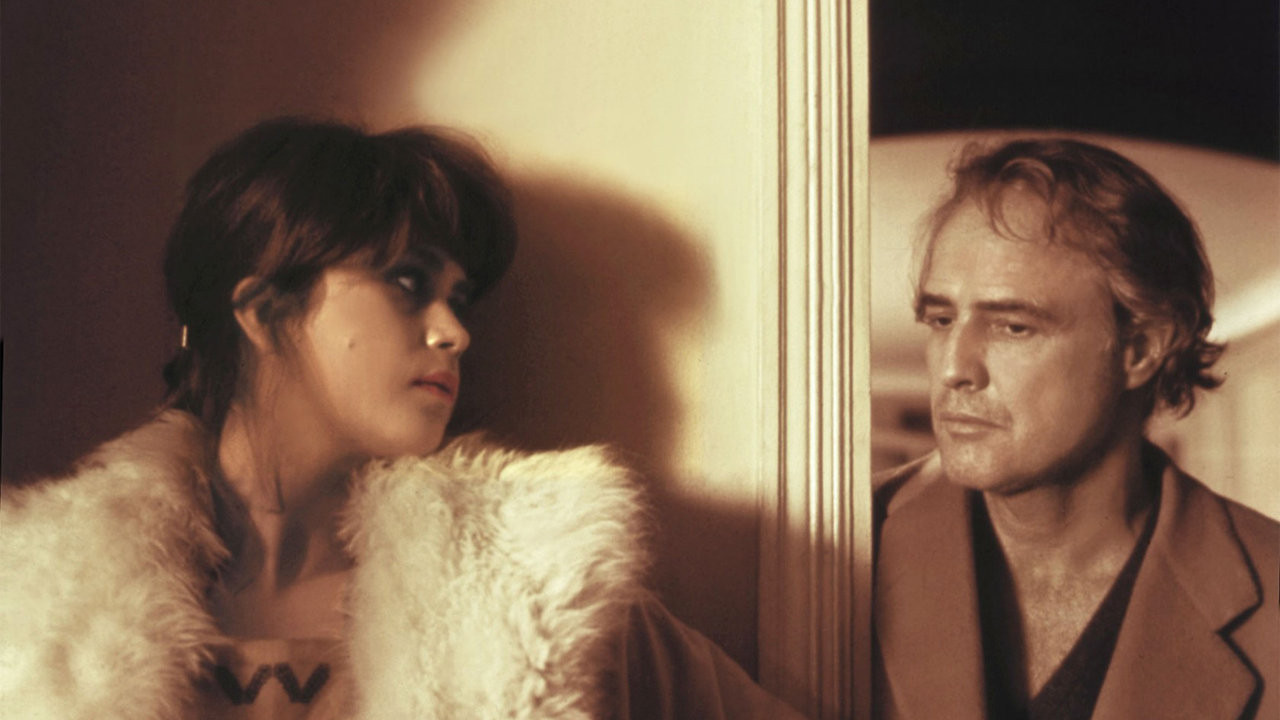
A movie’s fame and notoriety can be based on a number of factors beyond just the overall quality of the film or the significance of the names behind it. Controversy can play a big role in a film’s success, i.e. any press is good press.
If a film contains controversial or buzzed about subject matter, it can become more well known in the public consciousness than others. This is proven throughout film history that movies with a level of controversy attached to them may stand the test of time more than their contemporaries.
Sometimes films garner controversy due to only one shocking scene. These can involve gratuitous or outrageous depictions of sex, violence, or just unbelievable grossness. These types of scenes can serve the overall shocking story, but more often than not they are simply there for the added shock factor and potential fame.
A scene can also make a film famous not because of controversy or shock but rather it containing an iconic moment in pop culture and thus being the only thing remembered from the film in the long run. The cultural impact of a particular scene can prolong a film’s longevity, but can also overshadow the rest of the film around it.
10. Sophie’s Choice (1982) – The Choice
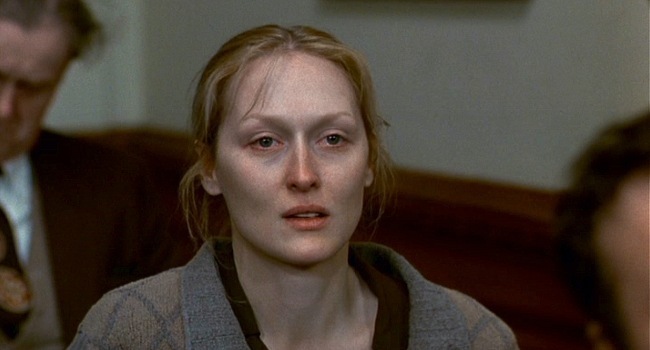
Sophie’s Choice is remembered for being a seminal film in its harrowing portrayal of the Holocaust, concentration camps, and the aftermath on those who survived, though it is majorly a Brooklyn-based melodrama involving a love triangle and just flashbacks to the events around the war. Known mostly for the Oscar-winning lead performance by Meryl Streep as the titular Polish immigrant and Holocaust survivor, the most famous scene in the film is its title “choice”, or rather the concept of that choice.
Hiding in a hotel, Sophie (Streep) tells the story of her arrival at Auschwitz and the terrible choice she had to make there. Through flashback, Sophie is seen being taken to the concentration camp with her two children.
There, she is forced to choose which of her children will be sent to the children’s camp and which will be sent to the gas chamber and killed. Though she tearfully pleads that she cannot choose, she ultimately cries out that they take her daughter to be killed and save her son.
While it is a painfully difficult scene to watch and it features some of the finest acting put to film, the concept of a “Sophie’s Choice” – having to choose between two nearly impossible things – has almost become more famous than the film itself.
9. Scanners (1981) – Head explosion
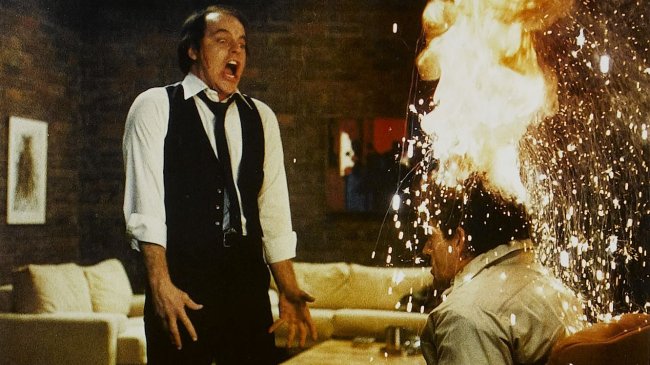
David Cronenberg’s cult science fiction film features his trademark body horror and practical effects with a famous technical marvel of a scene. Near the beginning of the film, the ConSec firm is demonstrating their new “scanner” weapon, psychics with incredible telekinetic powers, when the volunteer for the demonstration ends up being a more powerful scanner than the subject.
This leads to the iconic image of a man’s head exploding into a bloody mess. Scenes of shock and gore in horror and science fiction can create iconic moments that surpass their own films.
8. A Cry in the Dark (1988) – “The dingo took my baby!”
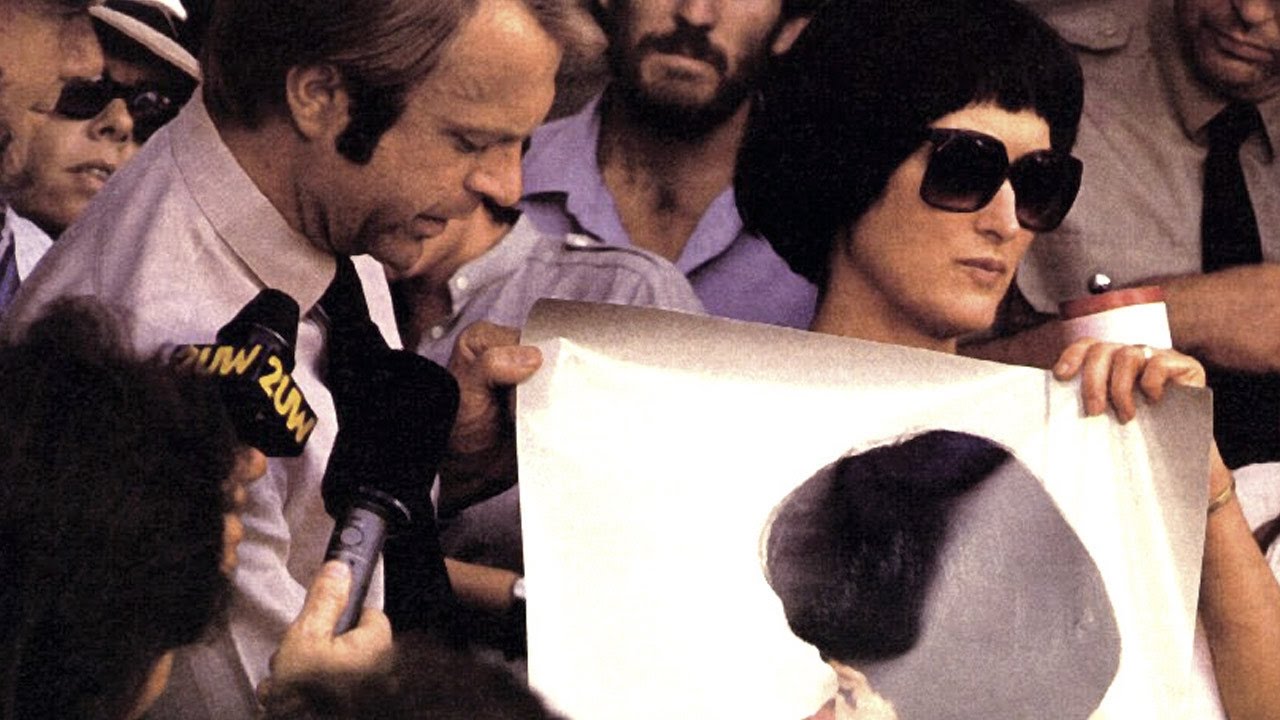
Known in its native Australia and New Zealand as Evil Angels, A Cry in the Dark details the true crime story of the disappearance of a baby girl from a campsite in Australia and the trial the parents face to prove their innocence. The disappearance in question is the scene that this film is known for.
While the infant sleeps in the tent, the family is outside spending time with fellow campers when a literal cry in the dark is heard. Lindy (Meryl Streep) sees a dingo running off from the tent area with something in its mouth. She rushes inside the tent to find the baby missing, before realizing what she just witnessed and uttering out the iconic line, “The dingo took my baby!”
This line has become a bizarre staple of pop culture, having been mimicked and parodied in various TV shows and movies. This awful real life case has been relegated in pop culture to a borderline insensitive pull-quote, poking fun at a tragedy and overshadowing it altogether.
7. The Crying Game (1992) – The Twist
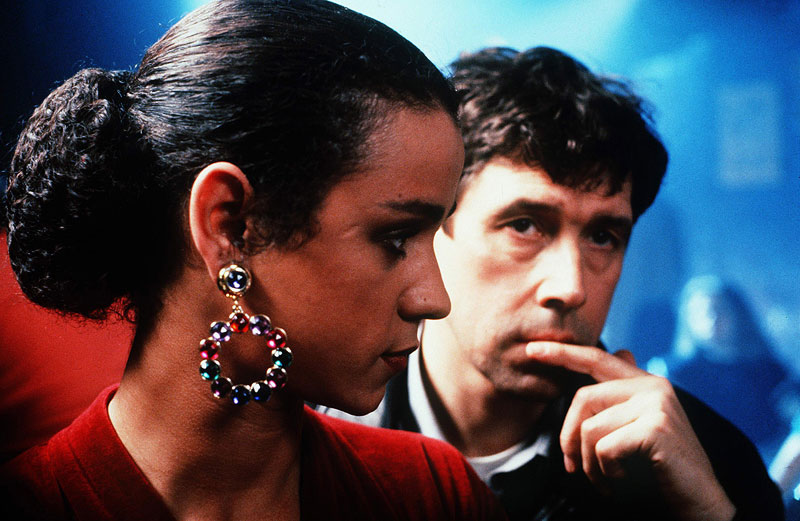
Neil Jordan’s Irish thriller is remembered for having one of the biggest and most iconic plot twists in film that would now be considered incredibly problematic. When the main character Fergus (played by Stephen Rea) succumbs to his feelings for Dil (Jaye Davidson) and they are about to have sex for the first time, she undresses to reveal that she has a penis and that she is in fact transgender. This initially disgusts Fergus, causing him to vomit, though they eventually makeup.
Looking at this scene through a “woke” modern lens is difficult, as it suggests that the film believes trans people to be disgusting and the concept of someone revealing themselves to be transgender as a plot twist feels ludicrous and lazy by today’s standards.
With this being one of the earlier depictions of a trans character in a mainstream film, it negatively enforces stereotypes that are still trying to be broken today. Transgender representation in film is something that still faces many obstacles, with cisgender actors constantly playing trans characters, like in this film.
6. Deliverance (1972) – “squeal like a pig”
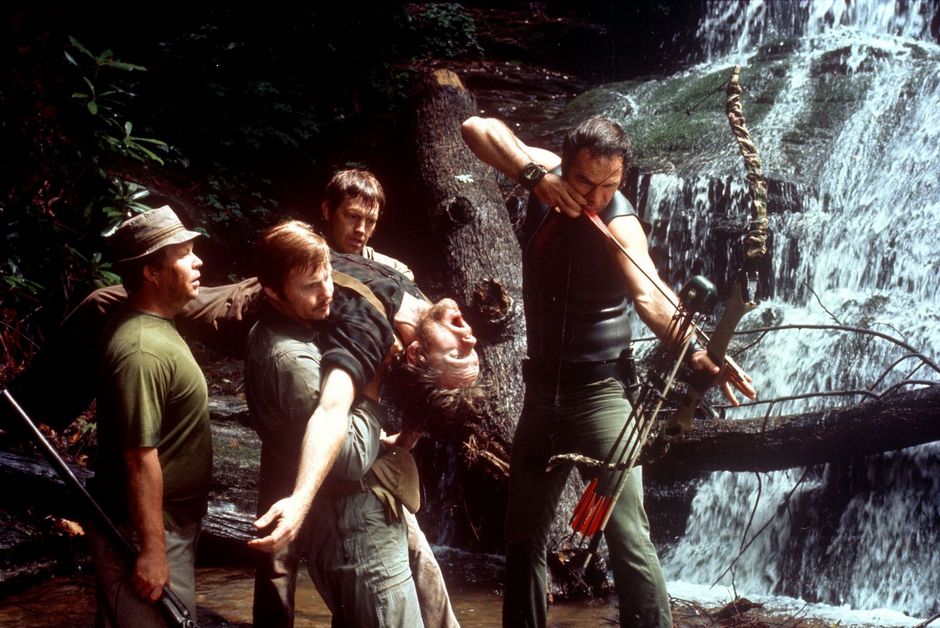
This 1970s classic about four men’s disastrous canoeing trip details the complexities of masculinity and how one processes trauma and secrets. While the dueling-banjos scene near the beginning of the film is iconic (and possibly the most uplifting in the film), the horrible male rape and humiliation scene has become the most known from the film.
After going ahead of the other two men, Ed (Jon Voight) and Bobby (Ned Beatty) encounter two local mountain men who force them at gunpoint into the woods. While Ed is tied to a tree, Bobby is forced take off all of his clothes and crawl around the ground and “squeal like a pig” before he is brutally raped in full view of his friend. Not only is the scene shocking and unexpected, but it highlights the less talked about reality of male rape victims.
What is disappointing is that this line of dialogue has been riddled to a joke in pop culture, perhaps due to potentially amusing redneck perpetrators and animal imagery, regardless of its horrific context.